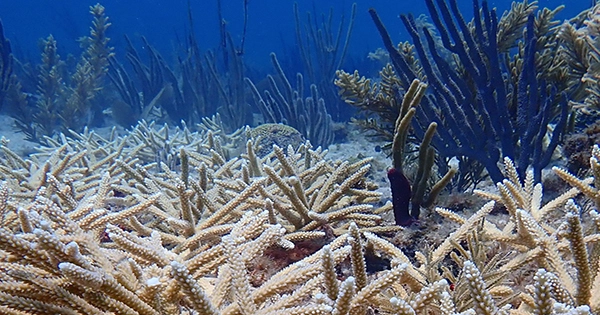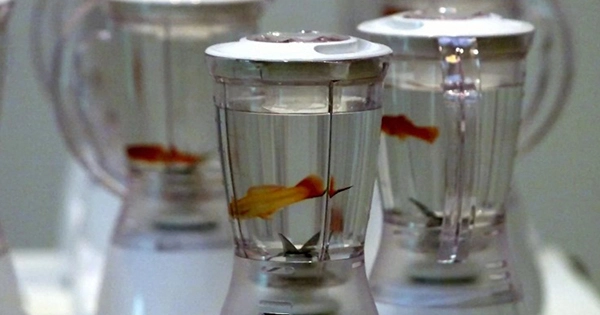By rearranging the symbiotic algae they host, some reefs in the tropical Pacific Ocean could maintain their high coral cover throughout the second half of this century, according to researchers at the University of Miami Rosenstiel School of Marine, Atmospheric, and Earth Science. The findings provide a glimmer of light in an often bleak picture of what lies ahead for coral reefs around the world.
While coral reefs are disappearing worldwide as a result of global warming, scientists think that certain corals are adapting to the heat by modifying the symbiotic algae populations they host, which give them the energy they need to survive through photosynthesis.
The study’s lead author, coral biologist Ana Palacio-Castro, a graduate of the Rosenstiel School and a postdoctoral associate at the school’s Cooperative Institute for Marine and Atmospheric Studies, said, “Our results suggest that some reefs in the eastern tropical Pacific, which includes the Pacific coasts of Panama, Costa Rica, Mexico, and Colombia, might be able to maintain high coral cover through the 2060s.” “However, while this may be good news for these reefs, it’s possible that they won’t survive through that point unless we significantly cut global greenhouse gas emissions and slow down global warming,” the statement continued.

Branching corals of the genus Pocillopora, which are crucial for the reefs in the area, are the main builders of shallow coral reefs in the eastern tropical Pacific Ocean. The tiny algae they harbor in their tissue collect light to assist the coral in generating energy for growth. When these symbiotic algae disappear, the coral begins to bleach and struggles to satisfy its energy requirements, which can sometimes be fatal.
The researchers looked at one of the longest datasets of its kind in the world—over 40 years—of coral reef monitoring data from Panama to learn more about how corals increased their tolerance to heat stress. They examined data on temperature, coral cover, bleaching, and mortality from three ocean heatwaves (1982–1983, 1997–1998, and 2015–2016), as well as information on the communities of algae symbionts during the latter two.
The analysis revealed that while the 1982–1983 heatwave significantly reduced coral cover on the reef, the effects of the 1997–98 and 2015–16 El Nio were less severe, particularly for corals in the genus Pocillopora, which is the most common reef-building coral in the eastern tropical Pacific and is also sometimes referred to as “cauliflower coral.” They also confirmed the heat-tolerant alga Durusdinium glynnii becomes more prevalent in this particular lineage of corals during intense ocean heatwaves, enabling them to better tolerate periods of high temperatures.
According to Andrew Baker, professor of marine biology and ecology at the Rosenstiel School and senior author of the study, some atypical reefs may be able to endure for several decades due to their capacity to shuffle symbionts. “While we don’t believe that most reefs will be able to survive in this manner, it does indicate that some of our current reefs may survive for a lot longer than we originally expected, possibly with far fewer species. Coral reefs are immensely valuable natural resources that protect coastlines, benefit fisheries, and aid several local populations. By safeguarding them, we may still influence the situation.”
On February 13, 2023, the journal PNAS published a research with the headline “Increased dominance of heat-tolerant symbionts promotes resilient coral reefs under near-term ocean warming.”
















